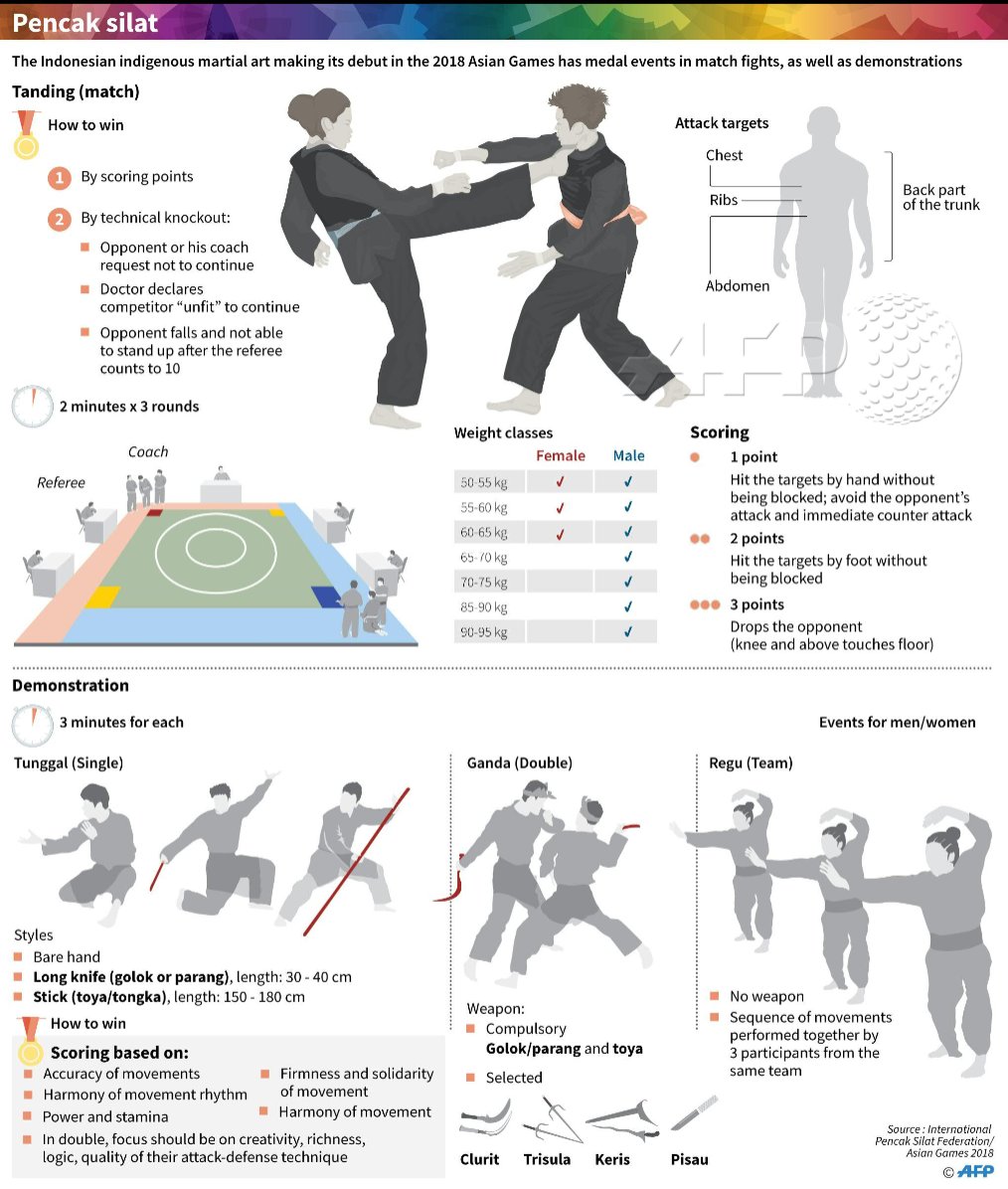Taekwondo Forms: Recognizing The Basics And Their Significance
Taekwondo Forms: Recognizing The Basics And Their Significance
Blog Article
Content Created By-McQueen Broe
Did you recognize that there are over 20 different taekwondo types, each with its very own special series of movements and methods? These forms, likewise called poomsae, play an essential function in the technique and advancement of taekwondo experts.
Yet what exactly are these kinds, and why are they so considerable? In this conversation, we will check out the basics of taekwondo kinds, their origins, and the key elements that make them an important part of this martial art.
Whether you're a newbie or an experienced specialist, recognizing the value of taekwondo forms will certainly grow your recognition for this old method and boost your journey towards mastery.
Origins and Evolution
The beginnings and development of Taekwondo can be traced back to old fighting styles methods in Korea. It was developed over 2,000 years back and has given that become a popular and worldwide recognized sporting activity.
Taekwondo was heavily influenced by numerous Oriental fighting styles styles, such as Taekkyon and Subak, in addition to Chinese fighting styles. It was originally used as a way of protection, however in time, it progressed into an affordable sporting activity that concentrates on striking methods and high kicks.
In the 20th century, Taekwondo underwent a considerable makeover and was standard right into its modern kind. The Korea Taekwondo Association played an essential function in this process, aiding to develop policies, techniques, and creates that are still adhered to today.
Crucial Element and Techniques
Currently let's check out the basic aspects and methods of Taekwondo. To totally understand the key elements and techniques, it is essential to dive much deeper into the complying with subtopics:
- Stances: Taekwondo emphasizes the right use stances, such as the front stance, back stance, and horse position. These stances offer stability, equilibrium, and power in performing various methods.
- Strikes and Kicks: Taekwondo is renowned for its powerful and vibrant kicks, including the front kick, roundhouse kick, and side kick. please click the following post , such as punches and knifehand strikes, are also important strategies in Taekwondo.
- Blocks and Defense: Reliable protection is crucial in Taekwondo. Blocks, such as the high block and reduced block, are made use of to safeguard against inbound strikes. Correct timing and positioning are crucial to efficiently protecting oneself.
Benefits and Effect
One of the considerable benefits of exercising Taekwondo is the renovation of fitness and total health. By taking part in regular training sessions, you can boost your cardiovascular wellness, toughness, versatility, and endurance. Taekwondo involves a selection of activities that target different muscle groups, helping you construct a strong and toned body.
Furthermore, this martial art advertises mental wellness by lowering anxiety and anxiety levels. The technique and focus needed in practicing Taekwondo can help improve your concentration and enhance your ability to handle challenging situations.
Additionally, the practice of Taekwondo imparts a sense of self-confidence, self-discipline, and self-control, which can positively impact various locations of your life. Generally, practicing Taekwondo can lead to a healthier and much more well balanced way of living.
Final thought
So there you have it! Taekwondo forms aren't simply mere routines, however a depiction of the abundant background and advancement of this fighting style. By understanding the key elements and strategies, specialists can enjoy various physical and mental benefits.
From enhanced family martial arts near me and strength to enhanced emphasis and self-control, taekwondo kinds have a lasting effect on those that practice them.
So, whether different martial arts 're a novice or a knowledgeable martial artist, accept the power of these types and let them take you on a journey with time.
